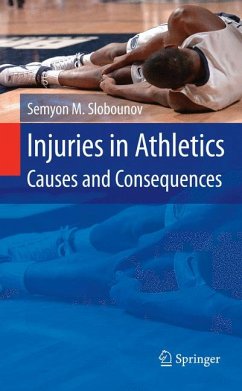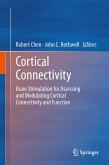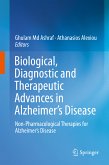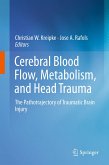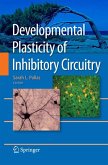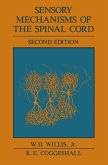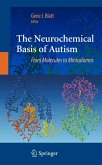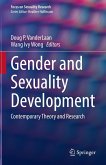CAUSES AND CONSEQUENCES
Despite dramatic advances in the physical education of coaches, as well as in the fields of medicine, athletic training and physical therapy, sport-related traumatic injuries are our major concern. It is a matter of fact that athletic injuries, both single and multiple, have a tendency to grow dramatically. Accordingly, prediction and prevention of sport-related injuries is the athletic community's major challenge.
Injuries in Athletics: Causes and Consequences stresses that there is still confusion among coaches and medical personnel in terms of injured athletes' readiness for sport participation and readiness for competition criteria. It is important to note that an "injury physical symptoms resolution is not an indication of injury resolution per se."
This book focuses on both applied and conceptual issues regarding the classification of injuries, common coaches' errors leading to injury, coaches and athletes' viewpoints on injury, the development of psychological trauma in athletes, traumatic brain injuries and basic principles of rehabilitation. It is organized into five parts:
- Foundations of injuries in athletics
- Coaches and Athletes' perspectives of injury
- Psychological traumas in athletes
- Concussion in athletics
- Injury rehabilitation
This reference book accumulates the latest developments in the science of athletes' training, from "injury-free" perspectives along with psychological analyses, evaluation, and management of sport-related injuries. It is an ideal resource for coaches, clinical practitioners, researchers and students interested in kinesiology, sport psychology and athletic training.
Dieser Download kann aus rechtlichen Gründen nur mit Rechnungsadresse in A, B, BG, CY, CZ, D, DK, EW, E, FIN, F, GR, HR, H, IRL, I, LT, L, LR, M, NL, PL, P, R, S, SLO, SK ausgeliefert werden.

